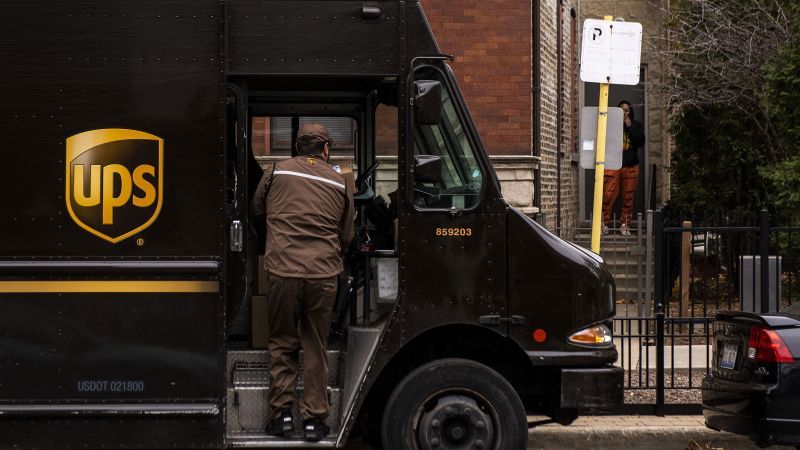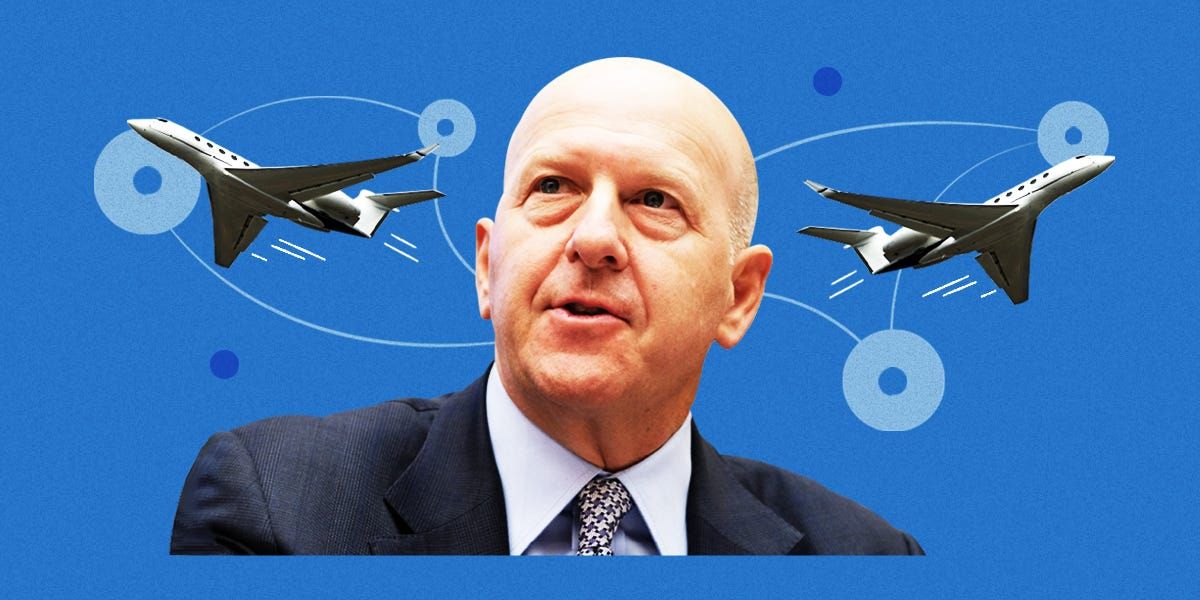A massive UPS strike could devastate the economy. It could be just eight weeks away
New York CNN —
The Teamsters union is holding a vote right now among more than 330,000 members to authorize a strike against UPS. If UPS workers strike, it would be the largest single-employer strike in US history. And it could take place in less than eight weeks.
A strike could be devastating for both the company and the overall US economy, which is only recently seeing improvements from strained supply chains during the pandemic. An estimated 6% of the United States’ gross domestic product, the broadest measure of the economy, moves in UPS trucks, according to the company.
FedEx and the US Postal Service won’t be able to make up for that. UPS (UPS) is simply too big – delivering an average of 17 million domestic packages a day – to have all the packages it handles moved by competitors.
The strike, if it happens, couldn’t come at a worse time for retailers stocking up for back-to-school shopping season and preparing for the end-of-year holidays.
Progress at the table
The union hasn’t spelled out exact bargaining goals, other than to close a gap in pay between some different classes of workers, better working conditions, including air conditioning in its delivery vans, and significantly higher overall pay from a company whose profits have nearly doubled in the last five years.
The current contract at UPS expires August 1. The strike vote being conducted through July 16 is likely to pass overwhelmingly, as virtually all such votes do. Getting permission from rank-and-file to go on strike is a standard part of almost every union contract negotiation as a way for the union to have some leverage at the bargaining table. But the overwhelming majority of contracts are reached without a strike ever coming to fruition.
The two sides have been at the bargaining table since early May, and Teamster President Sean O’Brien said the two sides have already reached tentative agreements on 24 issues.
“We have made a lot of progress at the table, which is encouraging,” he told CNN this week. But he cautioned that a number of major issues have yet to be agreed upon.
“When you get into the meat and potatoes of wages and benefits, things can get very dicey, very controversial,” he said.
UPS CEO Carol Tome, eager to assure UPS customers that their packages will keep moving, has been predicting a deal will be reached without a strike.
“We are aligned on several key issues like solving the staffing needs for weekend delivery and ways to mitigate the summer heat in our package delivery vehicles,” she told investors during the last conference call. “While we expect to hear a great deal of noise during the negotiation, I remain confident that a win-win-win contract is very achievable, and that UPS and the Teamsters will reach agreement by the end of July.”
The company said it’s not worried about the results of the ongoing strike authorization vote.
“UPS has worked collaboratively with the Teamsters for nearly 100 years, and this year is no different,” said a statement from the company. “We respect this step in the process and remain committed to making progress at the bargaining table.”
Union demands
O’Brien said the union is prepared to strike unless it wins a significant increase in wages and benefits, and also improvements in work conditions. A major demand is retrofitting the 95,000 UPS delivery vans with air conditioning, which almost none of them currently have. Despite Tome’s public statement about the company’s willingness to fix the problem, O’Brien said it has so far only offered to install fans, which he said are insufficient.
O’Brien would not give odds on whether or not there will be a strike.
“Our goal is to get the best deal to avoid a strike,” he said. “If UPS does not give us what they know we need and want, then they will be striking themselves.”
Profit has soared at UPS during the five-year life of the current contract, from adjusted net income of $6.3 billion in 2018 to $11.3 billion on that basis last year.
But its first-quarter revenue fell 6% compared to a year earlier, as its operating profit fell 22%. Its earnings fell just short of Wall Street forecasts for the period, and it issued a warning about a looming slowdown in the US economy.
Pent up frustration
A majority of members voted against ratifying that deal in 2018, only to see the previous Teamster leadership, led by then-President James Hoffa, put it in place because not enough of the membership participated in the ratification vote to trigger a strike. That contract became a major issue in the union’s presidential election last year, as the candidate that Hoffa endorsed to succeed him lost to O’Brien.
“There is a lot a lot of animosity and anger not just during the last contract but what happened during the pandemic,” O’Brien said. “They weren’t rewarded as UPS made record profits.”
He has vowed to make UPS pay Teamster members far more this time, and he often talks about a $300 million strike fund the union has accumulated to pay members in case they go on strike. The union has also dropped the requirement that a majority of members vote in the ratification to reject it. If a deal is reached, but a majority vote against it, there will still be a strike this time.
UPS has to worry not only about losing customers as negotiations drag on and talk of a strike increases, it is also likely to see pressure on its stock price, which is down 18% since a peak in August, with much of the drop coming after the disappointing first quarter results.
“A clear overhang remains [from] the ongoing contract negotiation,” said Deutsche Bank in a recent note about the stock. It said that UPS should be able to afford a deal with improvements acceptable to the union and its membership. “While we do expect higher structural wage inflation going forward, we still believe UPS will be able to profitably grow.”
Source: CNN


